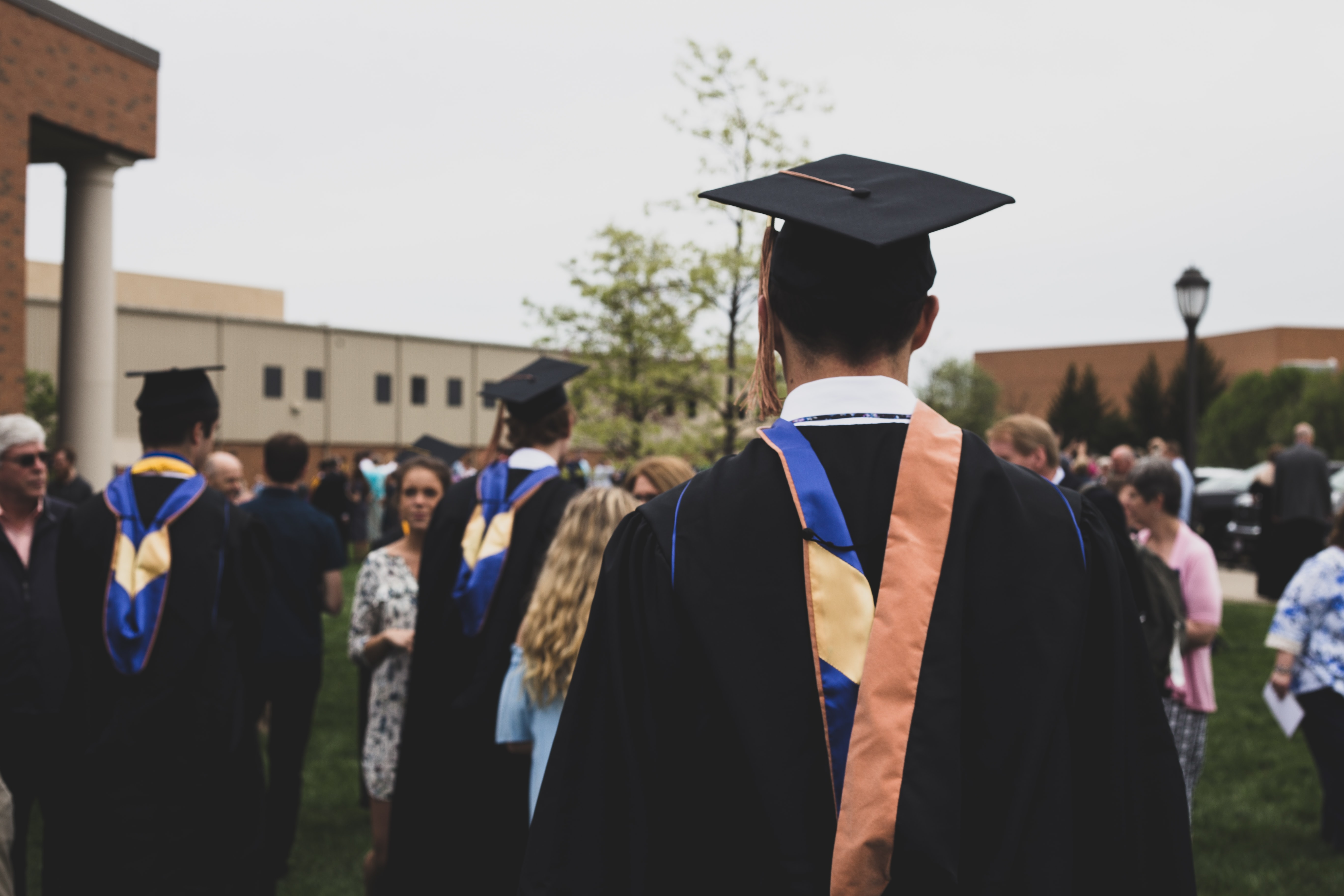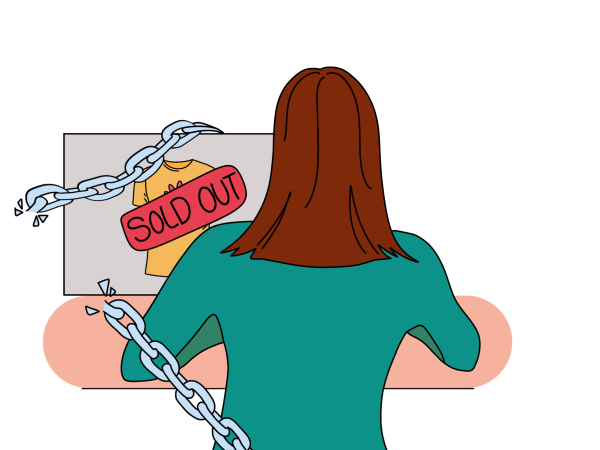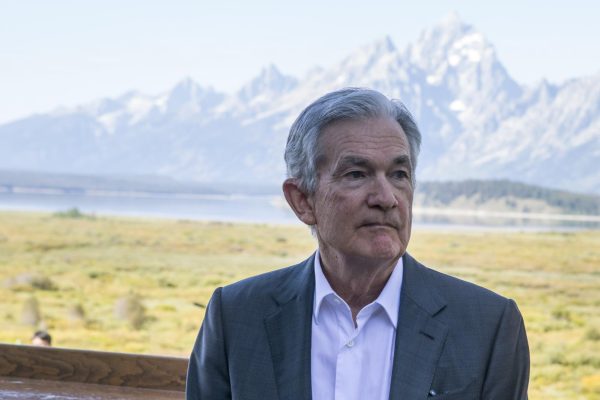The Pernicious Student Debt Forbearance
President Joe Biden extended the federal student loan interest payment and collection pause period yet again on April 6, marking the sixth prolongment of the freeze in the last two years. In a Department of Education press release, the administration announced that the halt on student loan repayment and collections would be extended through August 31, 2022. Originally, the pause was set to expire on May 1, but this extension pushes that expiration date another 90 days out.
According to the Associated Press, the payment moratorium will affect 43 million borrowers who owe a collective $1.6 trillion in student debt, amounting to about $5 billion each month. Borrowers who have defaulted or are delinquent on their payments will also continue to not be subject to any collection efforts. Analysis conducted by the Federal Reserve Bank of New York revealed that the federal government has waived almost $200 billion in interest payments through April 2022.
This freeze was first initiated under the former Trump Administration amid great economic uncertainty and upheaval spurred by the initial onset of the pandemic. In fact, it was extended to the end of former President Donald Trump’s presidency and throughout the entirety of Biden’s tenure so far. Extensions in the Biden era have also been supplemented by targeted debt forgiveness for those who are disabled, certain public servants, small business owners who sought help under the Paycheck Protection Program (COVID-19 relief) and those who have been defrauded by for-profit higher education institutions.
Already, we are seeing battle lines drawn by activists who want to see Biden go further in his efforts to help student borrowers. House Representative Alexandria Ocasio Cortez took to Twitter to criticize Biden’s decision, tweeting that his move sows uncertainty among borrowers and that his administration should just cancel the student loans it holds entirely — which raises an important question: What is the Biden Administration hoping to achieve by extending the payment pause yet again?
When the payment pause was first announced, it was pitched as an interim measure meant to provide relief amid a temporarily frozen economy. Now that the economy has reopened, what is the purpose for continuing to halt interest payments? Biden himself was touting the strength of the economy during a press brief just days prior to announcing the latest extension, highlighting how his policies had resulted in “record job creation … record unemployment declines … [and] record wage gains.” He went as far as to even say that our economy has overcome the headwinds of “delta, omicron [variants] and even war in Europe.” If borrowers cannot be expected to make payments during such a supposedly strong economy, when can they be? Is the extension a concession by Biden that the economy is not as strong as he claims, or an omen for something more ominous: A permanent pause in student loan payments — or worse, blanket student loan forgiveness?
Although they sound great, both policies would be disastrous for the economy and create perverse incentives that exacerbate the higher education affordability crisis. For one, freezing student loan interest payments or forgiving student loan debt would not address the structural issue which caused such a large debt to accumulate in the first place. The reason higher education has gotten so expensive in the first place is because colleges understand they can charge students whatever they want and get away with it. And they know they can charge whatever they want because the federal government gives prospective students an obscene line of credit to fund it. If the government did not encourage and enable students to take out such large loans without consequence, colleges would have an incentive to actually lower costs.
Also worth noting is that someone has actually been paying the loan interest all this time: The taxpayer. There is no such thing as “student debt forgiveness,” or a “student loan interest pause” in the literal sense. Everything being proposed simply shifts the payment burden from individual students to the U.S. Department of the Treasury. When our national debt reaches new highs every single day, is it worth adding another massive unfunded liability?
Another massive liability that essentially amounts to a wealth transfer from the working class to the educated elite is the government assuming that the responsibility for student loan interest payments translates into tax dollars going from Americans who either could not or chose not to pursue a higher education to those who did. It would force Americans, who have worse economic prospects on average, to pick up the tab for those who have better economic prospects on average.
Remember that those who hold the most debt and consequently have to pay the most in interest payments are most often those pursuing or holding advanced graduate degrees, too. Meaning that doctors, lawyers and others pursuing lucrative graduate work are the ones who will see the greatest benefit from their interest being waived. This interest rate pause is no doubt great news to highly educated young professionals, but it does nothing to help the majority of Americans who did not pursue any higher education in their lifetime.
Maybe this is the final extension on the forbearance period. Perhaps we will see another extension, and another extension after that until the next president is sworn in. Or maybe this pause is an omen for the blanket student loan forgiveness being pushed by progressive activists. Who knows? The only certainty is that America will continue to do what it has always done for the past few decades: Funnel taxpayer dollars towards the educated elite while ignoring the average American.








